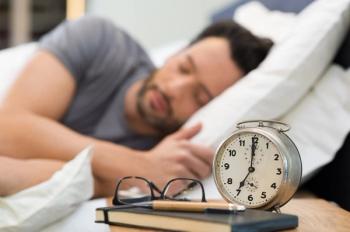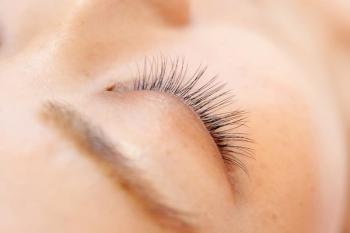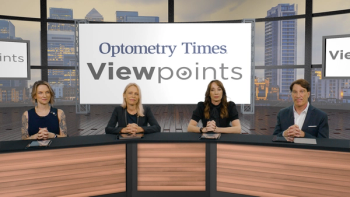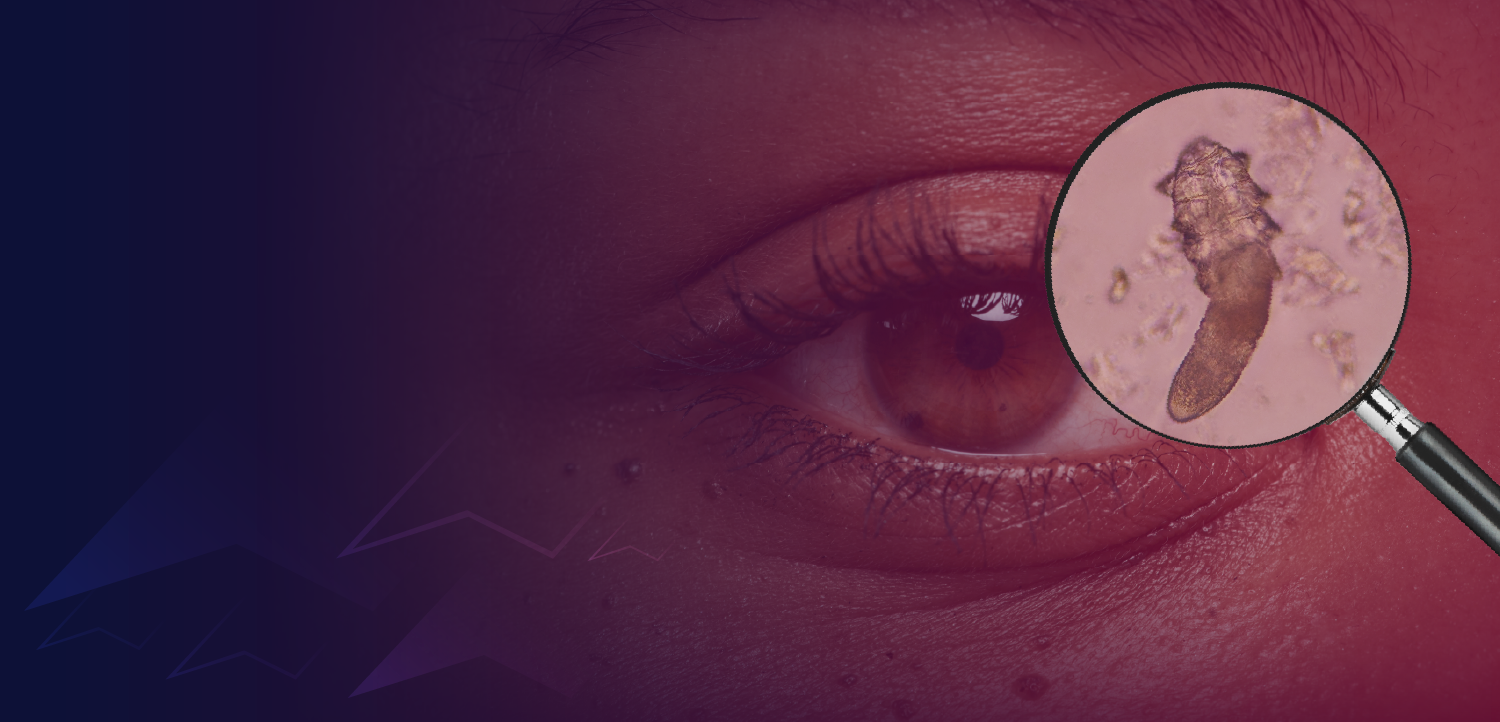
New near VA card facilitates accurate self-monitoring of vision by patients
The Hadassah Self-Visual Acuity Screener (HSVA) has high test–retest reliability, accuracy, and alignment with clinical-standard VA tests, according to a study conducted by its developers.
A newly developed near visual acuity (VA) card, the Hadassah Self-Visual Acuity Screener (HSVA), exhibits high test–retest reliability, accuracy, and alignment with clinical-standard VA tests. Its performance indicated that it is suitable for self-monitoring by patients with chronic ocular conditions or those without easy access to conventional visual examinations.1
The VSVA was developed by Hadas Ben-Eli, PhD, and colleagues from the Department of Ophthalmology, Hadassah-Hebrew University Medical Center, and the Department of Optometry and Vision Science, Hadassah Academic College, Jerusalem, Israel.
The study authors credited the emergence of telemedicine for the rise in interest in creating dependable self-administered VA tests for use beyond standard clinical environments. In their study they evaluated the practicality and validity of a self-administered near VA card test compared with traditional Snellen and Rosenbaum Pocket Vision Screener (RPVS) methods for home monitoring and enhancing the workflow in clinical practices.
The investigators conducted a cross-sectional study in which they developed the HSVA that includes written and videotaped instructions for self-use by patients. The study recruited patients from ophthalmology and optometry clinics who had a minimal best-corrected VA (BCVA) of 1.0 logarithm of the minimum angle of resolution (logMAR) in at least 1 eye. The study outcomes were the mean BCVA difference between the self-administered values and those obtained by the examiner, correlations between the BCVA values obtained using the Snellen, the Rosenbaum Pocket Vision Screener, HSVA, and previous distance BCVA methods, the authors recounted.
Results of testing
The 275 participants (47% women) in the study were a mean age of 42.5; range, 18-89 years.
Dr. Ben-Eli and colleagues reported, “The test–retest reliability analysis of the HSVA demonstrated very good correlation and repeatability (n = 38 patients; Spearman's rank correlation coefficient [Rs] = 1.0; p < 0.001).”
The mean logMAR BCVA values of an additional 237 patients obtained using the Snellen, RPVS, and HSVA methods showed similar accuracy (p = 0.10).
The results of the patient self-testing of their BCVA using the HSVA agreed with the masked examiner-tested VA results (n = 67 patients; p = 0.17; Rs = 0.87; intra-class correlation coefficients = 0.96). In addition, similar results were obtained when the patients were stratified based on the median age (42 years).
The HSVA and RPVS methods showed good agreement.
The authors assessed if the HSVA could predict the VA results in the clinically used charts and found that the HSVA predicted the RPVS results (β = 0.91; p = 0.001; R2 = 0.88), and the self-test HSVA predicted the Snellen VA results within 2 lines (β = 0.93; p = 0.01; R2 = 0.36).
The investigators concluded, “The home-based HSVA assessment exhibited high test–retest reliability, accuracy, and alignment with clinical-standard VA tests. Its efficacy in self-testing mirrored examiner-conducted VA assessments and accurately predicted Snellen VA outcomes, indicating the HSVA’s suitability for self-monitoring in chronic ocular conditions or when access to conventional examinations is limited. The utility of self-administered VA tests may extend beyond ophthalmology and optometry, potentially benefiting primary care, emergency medicine, and neurology. Further research is needed to explore and validate the practical applications of remote VA testing.”
Reference:
Ben-Eli H, Banin E, Levy J, et al. Development and evaluation of a new self-administered near visual acuity chart: accuracy and feasibility of usage. J Clin Med.2024;13:2064;
https://doi.org/10.3390/jcm13072064
Newsletter
Want more insights like this? Subscribe to Optometry Times and get clinical pearls and practice tips delivered straight to your inbox.

















































.png)


